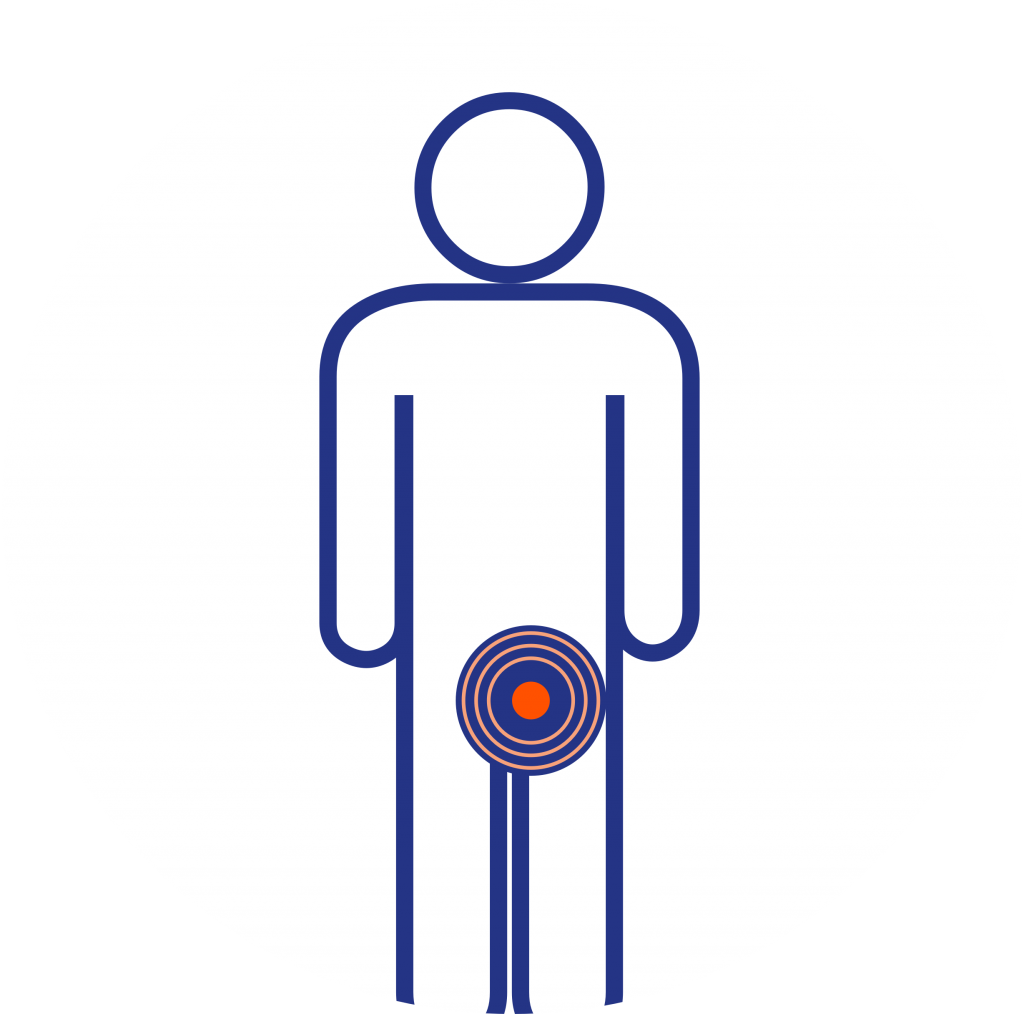A femoral hernia generally appears as a bulge in the upper inner thigh, lateral to the pubis and extending through a natural weakness called the femoral canal.
This type of hernia is more common in women (ratio 10:1), because of the wider anatomy of the pelvis and tends to occur in older people. Femoral hernias are uncommon, accounting for less than 5% of all groin hernias.
A third of the femoral hernias will present with strangulation or bowel obstruction, which is a life-threatening situation that requires immediate medical attention.

Treatment options
At the National Hernia Institute laparoscopy remains the surgical approach of choice, even in an emergency situation. This technique offers an excellent view of the femoral canal and allows safe reduction and control of the herniated structures.
What are the benefits of laparoscopic femoral hernia repair compared to open approach?
- Reduced risk of mesh or groin infection
- Reduced severity of post-operative pain
- Reduced risk of developing chronic groin pain
- Reduced risk of hernia recurrence
- Faster return to normal professional and sport activities
- Unique advantage of simultaneously treating any associated hernia (femoral, obturator) incidentally found during surgery. This is particularly relevant in women.
- Minimal scarring (smaller incisions)
Wish to book an appointment or looking for some more information about our services,
get in touch and we will be happy to assist.
